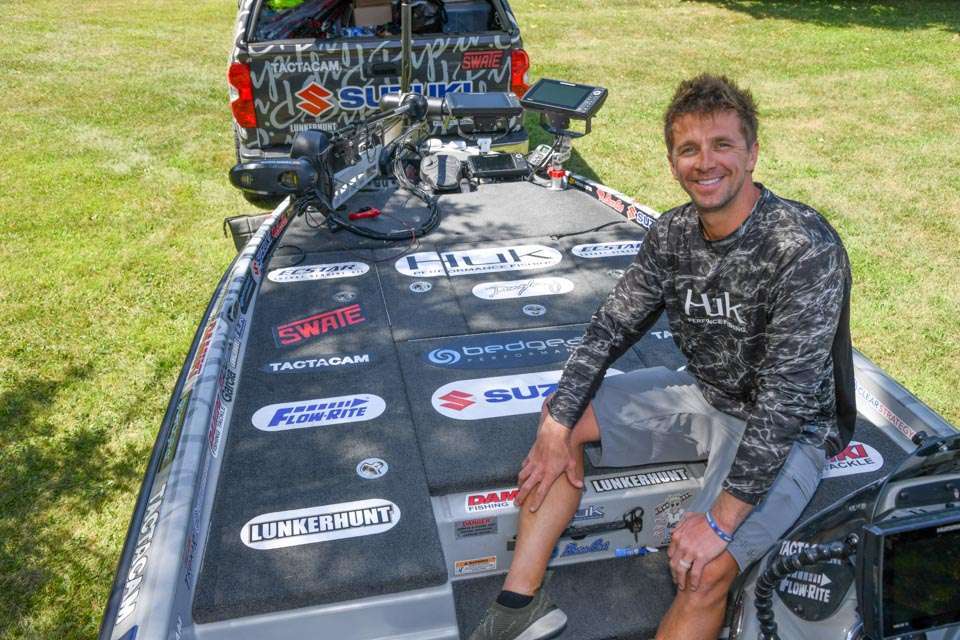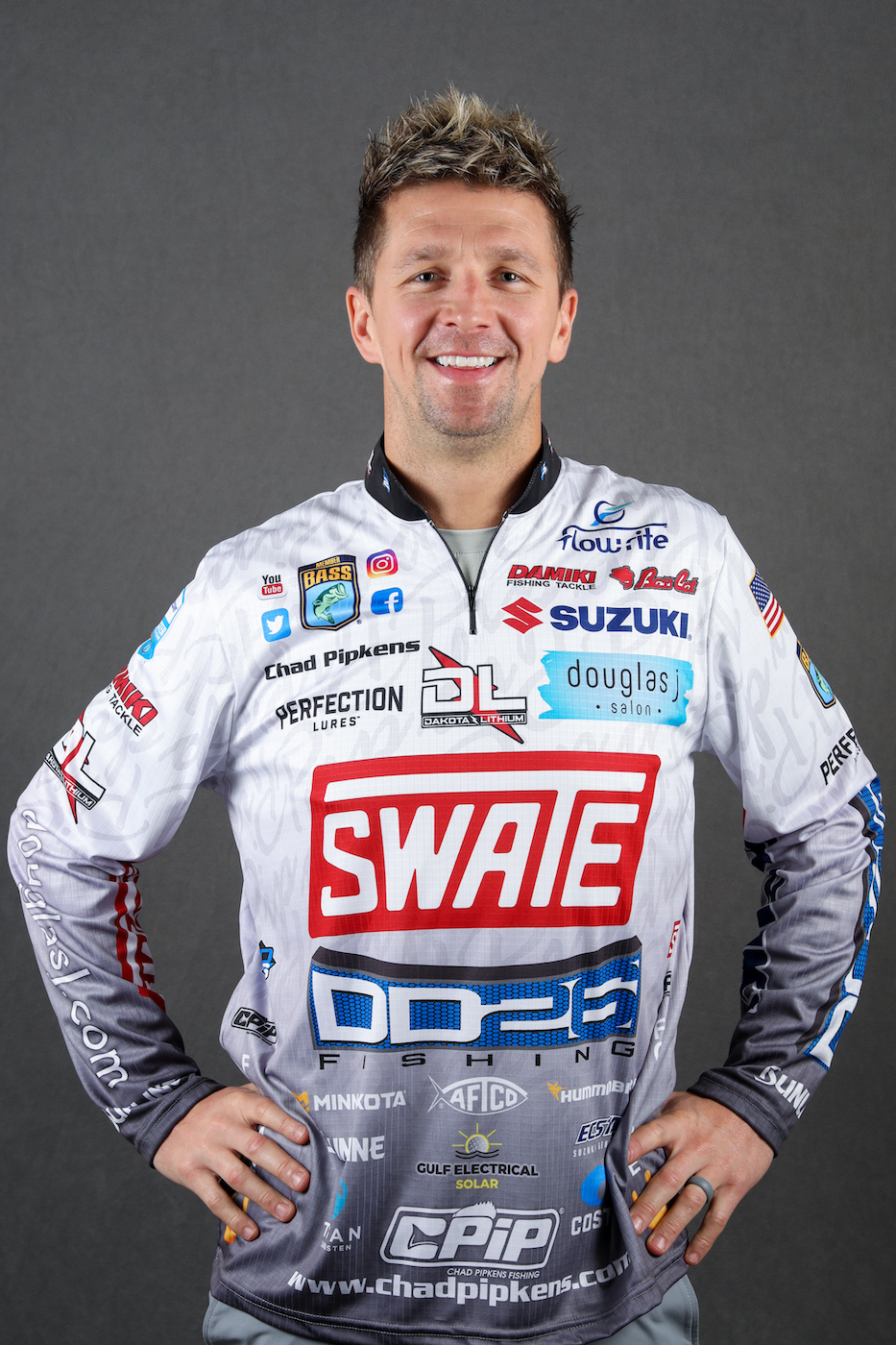
You don’t need to win to be a successful tournament angler, but if you keep putting yourself in the right places it’s eventually going to happen.
I just got home from the Bassmaster Open on Lake Oneida. My last four finishes there have been 17th, sixth, 8th, and 13th. Although I didn’t win any of those, I was always in the hunt and gave myself the chance to win.
How? By finding multiple areas that fit the seasonal pattern and knowing when to adjust if conditions changed.
In each of my previous Oneida events, I’ve located at least three or four places that I believed could produce good limits during competition.
However, come tournament day, conditions changed, and the quality fish didn’t bite. I was able to scramble and put together good enough daily catches to garner respectable finishes.
Some anglers find areas in practice that hold big schools of nice fish and think they are in a good position to win. But that one school rarely holds up well enough to win a multi-day tournament.
Honestly, knowing an area holds fish isn’t always enough. I try to learn those subtleties within those areas that can attract the fish when changing conditions affect the aggressive bite.
For example, at Oneida I was catching quality bass on a crankbait and jerkbait throughout practice. But when the tournament started, the wind changed directions (as it normally does there), and the fish weren’t on the reactionary-type lures.
I began to run my other spots and found a similarly slow bite. I did get one place fired up with my Damiki DC 300 crankbait the first day, but I never caught any other quality grass fish on it nor did I ever catch a bass on a dang jerkbait the entire event.
I put down the fast movers and begun keying on subtle bottom changes that created sweet spots, such as a bare spot or gravel/rock in the grass. I caught quite a few drop-shotting where the vegetation thinned out along the outer edges of the grass.
The fish changed, and so did I. Instead of roaming the grass and blasting everything that moved, the bass were hunkered in the smaller, less noticeable spots.
Wind changes are key to the fish biting or not biting when fishing grass. And when they’re not, you have to slow down and start plunking around the sweet spots.
Whenever I find an area holding a lot of nice fish, I take the time to idle around it while monitoring my Humminbird electronics. I’m looking for subtle changes in the grass; I know that if the aggressive bite dies, the fish will seek those subtle bottom differences. If you can drop a bait nearby, they will bite.
But that doesn’t mean you should give up entirely on your original pattern.
I remember one tournament where I was crushing them on topwaters and crankbaits in a grass bed where the grass tops had been pushed in one direction by the wind and current. When I went there the next day I recognized the grass was laying a different direction, and I never got a bite.
I left it for other areas, but revisited it later that day and saw the grass had changed to the way it was when I caught them. Sure enough, they were biting again.
It’s those subtle changes that can tip off an angler of a necessary adjustment and allow him to recover from a slow start.
So, if trying to stay consistent, don’t put all your eggs in one basket. Make sure you know all the physical details of areas you plan to fish. If your hot spot isn’t producing, chances are the fish repositioned and you have to adjust accordingly.





